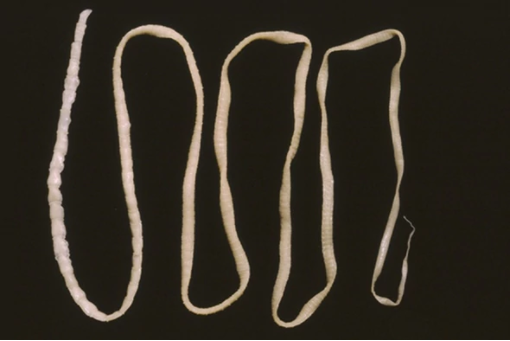

Anxiety symptoms across the lifespan in people with autistic disorder. C., Dempsey, T., Jenkins, W., & Matson, J. Research in Autism Spectrum Disorders, 4, 305–313.ĭavis, T. Anxiety and avoidance in infants and toddlers with autism spectrum disorders: Evidence for differing symptom severity and presentation. Cognitive and Behavioral Practice, 16, 294–303.ĭavis, T. Intensive treatment of specific phobias in children and adolescents. Research in Developmental Disabilities, 28, 546–558.ĭavis, T. Cognitive-behavioral treatment for specific phobias with a child demonstrating severe problem behavior and developmental delays. III, Kurtz, P., Gardner, A., & Carman, N. Storch (Eds.), Handbook of child and adolescent anxiety disorders (pp. 231–244).

Empirically supported treatments for specific phobia in children: Do efficacious treatments address the components of a phobic response? Clinical Psychology: Science and Practice, 12, 144–160.ĭavis, T. Clinical Psychology: Science and Practice, 19, 358–363.ĭavis, T. Where to from here for ASD and anxiety? Lessons learned from child anxiety and the issue of DSM-5. Matson (Eds.), Treating childhood psychopathology and developmental disorders (pp. 183–220). New York: Oxford University Press.ĭavis, T. March (Eds.), Phobic and anxiety disorders in children and adolescents: A clinician’s guide to effective psychosocial and pharmacological interventions (pp. 61–91). Developmental epidemiology of anxiety disorders. Autism spectrum disorders (ASDs): Data & statistics. New York: Guilford.Ĭenters for Disease Control and Prevention. Anxiety and its disorders: The nature and treatment of anxiety and panic. Arlington: American Psychiatric Publishing.īarlow, D.
#PATHOLOGICAL FEAR OF NEEDLES MANUAL#
Diagnostic and statistical manual of mental disorders (5th ed.). Washington, DC: American Psychiatric Association.Īmerican Psychiatric Association. Diagnostic and statistical manual of mental disorders (4th ed., Text revision ed.). KeywordsĪmerican Psychiatric Association. Following brief recommendations for assessing and treating individuals with specific phobia comorbid with ASD, we conclude with commentary and thoughts on the future of these two diagnoses in the newly available Diagnostic and Statistical Manual of Mental Disorders-5th edition ( DSM-5 Diagnostic and statistical manual of mental disorders).

For context, an overview of normal, healthy fear development is contrasted against the development and phenomenology of specific phobias in otherwise neurotypical individuals, followed by what is currently known about the development and phenomenology of specific phobia in individuals with ASD. At times, it can be difficult to diagnose specific phobia in those with ASD, given the unique sensory experiences, rigidity, verbal deficiencies, and social, communication, and intellectual challenges frequently associated with an ASD diagnosis. Problematic fear, however, in the form of a specific phobia is not. Fear is an appropriate emotional response in certain situations. This chapter examines the diagnoses of autism spectrum disorder (ASD) and specific phobia, their potential comorbidity, and assessment and treatment recommendations.


 0 kommentar(er)
0 kommentar(er)
